Bawaka, East Arnhem Land: Lirrwi Tourism’s guide to Yolngu living
Slow down, put yourself in the hands of others and learn another culture with East Arnhem Land’s Yolngu people.
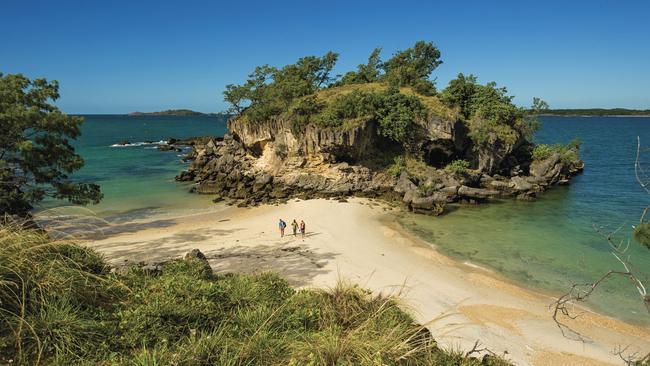
You don’t hear the phrase “off the beaten track” so often these days but it’s the perfect description for Lonely Beach in East Arnhem Land. We get there by four-wheel drive from an equally remote beach called Bawaka, in the Port Bradshaw area, having reached that spot after a couple of hours over soft sand, also by four-wheel drive, from Nhulunbuy on the Gove Peninsula. We got there by air from Darwin, and to Darwin by … Well, you get the picture. This is a long way from down south and, for our little group of Sydneysiders, it’s almost like another country.
Spectacular Lonely Beach should be as iconic as Uluru or Victoria’s Twelve Apostles, but its remote location means that, for now, few Australians know it exists.
We’ve been brought here by members of the Burarrwanga and Maymuru families who run trips to their homeland through Lirrwi Yolngu Tourism Aboriginal Corporation, an indigenous company based in Nhulunbuy. Over our three days we don’t do an awful lot, other than drop out of email and phone contact, wander the beach, learn about the clanship system of the Yolngu nation, and talk endlessly about Australia, its past, its future and the extraordinary art and culture of its first peoples.
It’s the kind of holiday that forces you to slow down and put yourself in the hands of others, in our case Randy Yibarbuk, our young tour leader and expert driver, his older relative Djawundil (Diane) Maymuru, her brother Rrawun Maymuru, and at times another half-dozen partners and family members.
Bawaka is their traditional home but these days they mostly stay with their community at Yirrkala, near Nhulunbuy. Clan elder Timmy Burarrwanga helped set up Lirrwi Tourism six years ago to develop cultural awareness and run other tours in the region. Tours are from May to October for groups of 12 to 30 people. Corporate and school groups have made the trip part of their programs, but our visit is for just seven. It’s not cheap at about $800 a day, but up here, thanks to distance and heat, this fly-in-fly-out tourism is inevitably expensive.
Our tour begins at the Yirrkala art gallery, officially the Buku-Larrnggay Mulka Art Centre, arguably the best indigenous gallery in Australia with an international reputation. There is wonderful art here — bark paintings, ceremonial poles, weavings — some of it about to be shipped to Berlin and other destinations, so brilliant is the work of artists who sell through the gallery.
Randy is worried about time. He wants to head across the sand to Bawaka before it gets too hot, but is also worried we will miss the Panel Room. We hurry in to see some of the politically most important indigenous art of the 20th century — the bark panels painted in 1962-63 and installed behind the altar at the Methodist missionary church at Yirrkala. The two masonite-backed panels are each about 4m tall with paintings representing the key stories of Yolngu society. They are widely recognised as being the original land rights statement of the community yet they were removed from the church and stacked under its eave with little protection in 1974.
Four years later they were rescued and stored in the gallery. The purpose-built space where the magnificent panels can be seen in their full beauty was built in 1991. It’s a moving experience as Randy explains the panels, as memorable as that first glance at the ceiling of the Sistine Chapel in the Vatican.
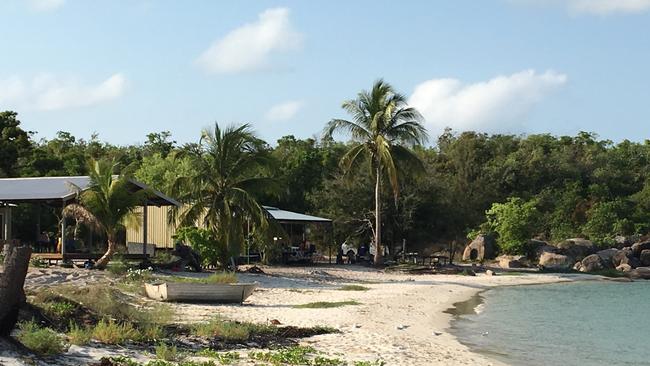
It’s on to Bawaka, via a sandwich lunch at nearby Shady Beach. The homeland is about two hours’ drive south. We stop to deflate the tyres on the minibus. It’s the only way to negotiate the fine white sandy bush track and even so we slip and slide the whole way. Randy is nonchalant; if we bog, we will simply dig ourselves out.
But we don’t, and at Bawaka we are greeted with tea and coffee and biscuits and fruit by Phil O’Brien, our non-indigenous cook, and Kelly Butler, who is backpacking from the Isle of Wight and working at Yirrkala, and who has volunteered to help with the tour.
Phil cooks on gas, producing excellent meals (albeit with little indigenous flavour) in a veranda area at the front of our sleeping quarters. There are two rooms with several bunk beds, fresh linen and fans to fend off the mosquitoes as well as the heat. The shower block is a short walk over soft sand, and there’s also one other structure at the campsite, a huge deck, open on three sides, where we have our cultural awareness talks and can lie in the cool after lunch.
There’s also a resident crocodile called Nike who is used to being fed fish speared by Randy or his relatives. As Nike slides from the water to the sand we are warned to keep our distance, and even a walk along the beach comes with multiple reminders from our guides to not go too close to the ocean. Swimming is off limits, which is why we are bussed to the much safer Lonely Beach for a dip. Here there are dramatic limestone cliffs and the deep silence of a truly remote area.
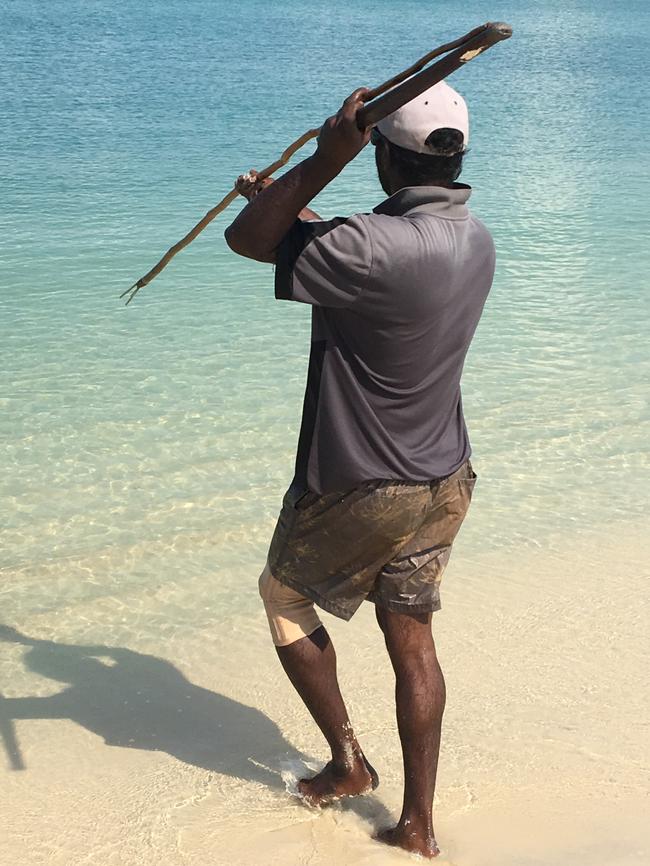
We learn much in these days about the central beliefs of the Yolngu people, including the moiety system that determines very clear relationships between individuals and families, and the sense that time is different here.
The big lessons are not those delivered with the help of a whiteboard by our guides but the ones we learn from being with the family, such as the important role the maintenance of their own language has to the retention of culture. There is also the realisation that in this far region, white contact came late and has been more limited than in other areas. We are reminded too of the early contact with the Macassan trepang fishers who visited north Australia from at least the 18th century. As well as trading goods, the Yolngu adopted many Bahasa Indonesian words and some aspects of Macassan culture.
Yirrkala of course is the home of Yothu Yindi and singers such as Geoffrey Gurrumul Yunupingu. One of our guides, Rrawun, was a foundation member of Yothu Yindi and now is the lead singer of the band East Journey. He is just back from a gig down south, so there’s a magic moment at Bawaka when he picks up a guitar and sings for us around the campfire. He’s not the only one. Our resident cook, Phil, turns out to be a singer in his other life and entertains us with his own songs.
This area is seen as the home of the didgeridoo, or yidaki, and that night we see how embedded it is in the culture when 10-year-old Tyrell shyly joins the group with his didgeridoo and after much gentle coaxing from his older male relatives joins the impromptu concert. It’s all very low key and pardon the pun, unorchestrated, and adds to the great charm of a long-weekend that takes us out of our comfort zone yet is immensely reassuring.
Checklist
Lirrwi Tourism is an Aboriginal corporation set up in 2010 with the ambition to create up to 50 businesses in East Arnhem Land. Its first tours were launched in 2012 but in January, 2016, despite about $1.5 million in government funding, it was placed in administration. The good news is that it has turned the corner, has traded out of its troubles and is out of special administration. Lirrwi offers a range of tours as well as the Bawaka cultural immersion itinerary with an average cost of about $800 a day. Tours range in size; corporates and schools have run trips of 20-30 people while individual guests should expect to be in groups of 12-15. The season is from May to the end of October to coincide with the dry season in the tropics and temperatures are bearable at about 31C maximum to an overnight low of 5C.
More: lirrwitourism.com.au.


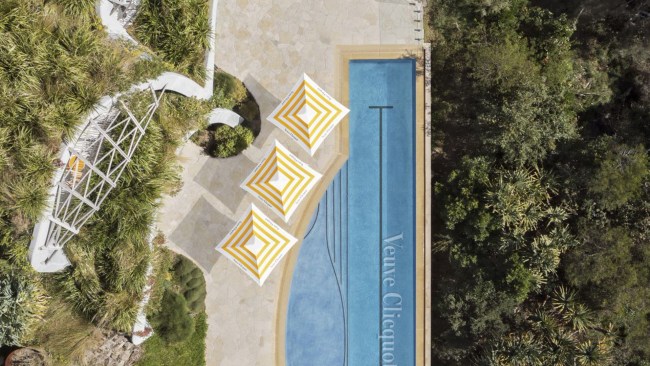
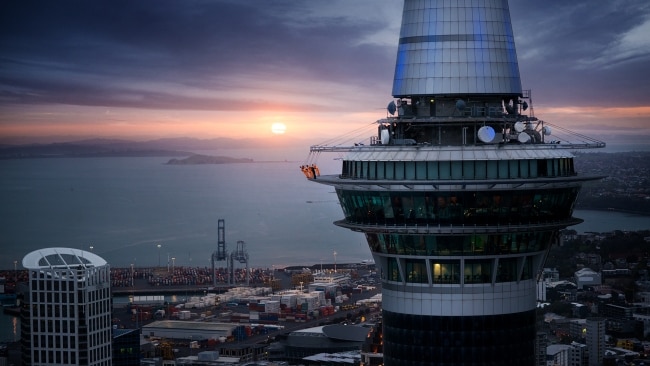
To join the conversation, please log in. Don't have an account? Register
Join the conversation, you are commenting as Logout